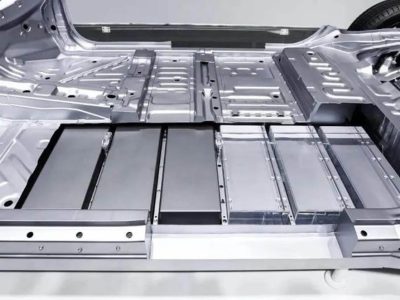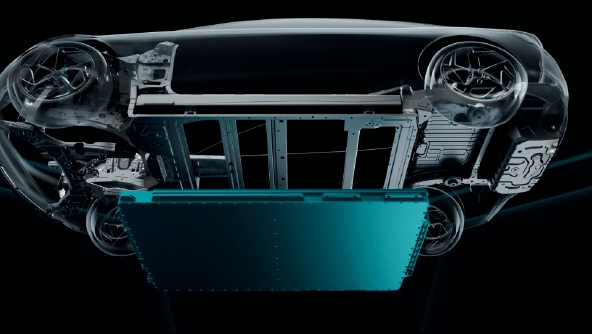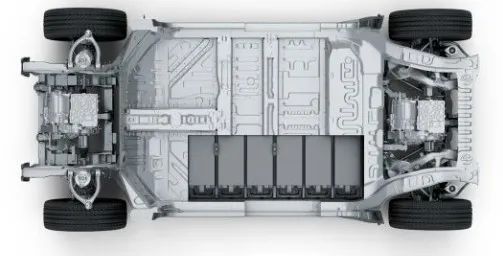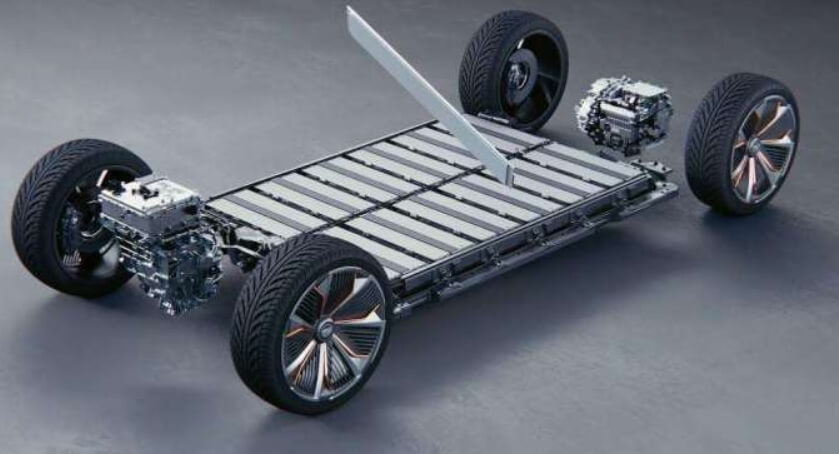The rise of electric vehicles has spurred the rapid development of battery technology, and the evolution of battery pack technology is a crucial component of this technological revolution. From the initial stages of CTP to CTB, MTC, and further to the CTC phase, each stage of innovation aims to enhance energy density, reduce costs, and improve the overall performance of the battery system. The continuous innovation in battery pack technology has not only brought about a qualitative improvement in the range of electric vehicles but also propelled the entire industry forward.

CTP (Cell-To-Pack) is a technology that reduces or eliminates the three-tier pack structure of battery cells, modules, and the overall pack. It bypasses the standard module step by directly integrating the battery cells onto the pack, eliminating the intermediate module stage and effectively enhancing the space utilization and energy density of the battery pack.
Currently, there are two main technological approaches: the fully module-less method and the use of larger modules replacing smaller ones.
The release of the Kirin battery by CATL adopts the third-generation CTP technology. This technology completely eliminates the module-based layout, discarding the separate design of battery pack crossbeams, bottom cooling plates, and thermal insulation pads.
Instead, it integrates them into a multifunctional elastic interlayer. This design enables the Kirin battery to possess advantages such as rapid temperature control, improved safety, support for 4C high-voltage fast charging technology, and increased battery lifespan.
Lower manufacturing cost
Relatively simple maintenance
Easy adaptation to different vehicle models and application scenarios
Improved volume utilization
Increased energy density
Increased difficulty in managing thermal runaway
High process requirements
Difficulties in maintenance and replacement
Long battery pack assembly time
Challenges in the reuse of cells

In CTB technology, the design of modules and the casing on the battery pack are eliminated. This allows for the loading of more battery cells within a limited space, thereby increasing the battery capacity and providing electric vehicles with longer range capabilities.
Additionally, CTB technology can reduce the weight of the vehicle’s battery components while enhancing the overall strength of the vehicle. Furthermore, this technology involves bonding blade cells with trays and upper covers, creating a ‘sandwich’ structure similar to a honeycomb aluminum plate, thereby improving the overall structural strength of the battery pack.
CTB technology is the latest integrated battery cell approach introduced by BYD. In its structural design, this technology combines the vehicle floor panel with the upper casing of the battery pack, creating a unified surface with the battery cover, thresholds, and front and rear crossbeams. Sealing of the passenger cabin is achieved through adhesive sealing, while the bottom is secured to the vehicle body through mounting points.
Increased battery capacity
Higher space utilization efficiency
Extended range
High safety performance
Improved production efficiency
High requirements for battery cell structural strength
Increased overall complexity
Lower universality
Rise in production and maintenance costs
MTC technology adopts the approach of directly integrating battery modules into the vehicle chassis. By combining the battery tray frame structure with the vehicle body beam structure, it forms a dual-frame circular beam structure.The innovation of this technology lies in simultaneously achieving structural efficiency and lightweighting, while achieving battery sealing through the vehicle body beams.

the MTC technology used by Leapmotor eliminates the traditional battery pack cover, integrating the battery modules under the vehicle floor. The battery itself is composed of large modules, with square cells connected in series and parallel. The module’s model, size, and parameters remain consistent with the previous design, resulting in minimal changes to the overall battery structure, except for the absence of an upper cover.
Additionally, Leapmotor’s MTC technology includes an additional layer of heat-insulating and fire-resistant material between the chassis and battery cells. This not only limits rapid heat transfer to steel components but also provides insulation for the battery during winter.
Lightweight design
Improved structural efficiency
Enhanced range capability
High safety performance
Environmental friendliness
Integration efficiency needs improvemen
Higher costs
Greater threat of battery thermal runaway
Complex manufacturing processes and technologies
CTC technology involves directly integrating battery cells within the floor frame, using the floor’s upper and lower panels as the battery casing. It represents a further integration of CTP technology, fully utilizing the upper and lower panels of the floor in place of a dedicated battery casing and cover. This design is integrated with the vehicle floor and chassis, fundamentally changing the installation form of the battery.
The objective of CTC technology is highly integrated and modular, aiming to simplify assembly processes and reduce costs, emphasizing an integrated design approach.

Tesla’s Battery Day, they introduced the 4680 battery cell, CTC technology, and integrated die-casting technology and announced that its Berlin factory would utilize CTC technology to produce the Model Y.
Tesla’s approach involves arranging the battery cells directly on the chassis, eliminating the cabin floor. Seats are directly mounted on the battery pack cover. The battery structure is integrated with the vehicle body as a whole, achieving a thorough integration level and meeting the enclosed requirements of the battery system.
Additionally, the side cooling method and adhesive-filled structure of Tesla’s battery cells contribute to some extent in limiting heat transfer.
Improved space utilization efficiency (enhanced range performance and increased interior space)
Formation of a CTC dual-frame circular beam structure (improved handling sensation and NVH)
Simplified battery pack structure
Reduced component management pressure
Streamlined installation and manufacturing processes
Effective protection of physical collision safety for the battery pack
Mid-to-long-term warnings for battery state and lifespan
Non-replaceable battery
Higher maintenance costs
Safety and heat dissipation issues associated with high integration levels